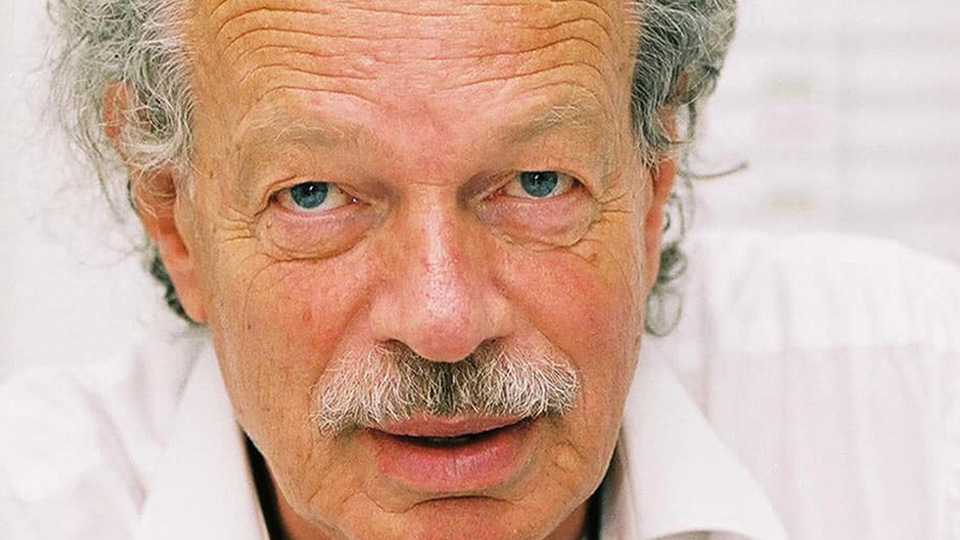Gespeichert von Elena Fuchs am
Aurelio Galfetti (1936-2021)
Aurelio Galfetti, one of the legendary figures of Swiss post-war architecture, has passed away yesterday at the age of 85. As one of the emblematic protagonists of the Scuola ticinese he has contributed immensely to the world-wide reputation of Swiss Architecture. The Bagno Pubblico in Bellinzona (1967-1970), which he realized together with Flora Ruchat-Roncati and Ivo Trümpy, triggered a new spirit in the evolution of Swiss Modernism which transcended the object of building by integrating the design of the landscape. Architecture became a defining element in the spatial transformation of the territory, regardless of its scale. With the transformation of Castelgrande, Bellinzona (1983-1989), Galfetti applied this approach to the treatment of historical monuments. He did not limit his intervention to the building alone, but also addressed the territorial interface between the castle and the city: the rock on which the castle sits. By drilling an elevator and staircase shaft through the rock and designing a dramatic entry sequence at the foot of the rock, Galfetti made evident that the experience of the building does not begin at its doorstep, but way ahead of it. Given that in principle every building organizes such a radius of spatial anticipation around itself, Galfettis concept of a territorial architecture allows to understand the city as the overlapping of those perceptual “seismic waves” by which buildings enter our field of vision. Emphasizing the value of unbuilt space in this way, this approach to urbanism harbors a lot of critical potential for the sensible densification of our cities and agglomerations against the backdrop of spatial overconsumption through sprawl. Both the Bagno Pubblico and the transformation of Castelgrande are currently exhibited in S AM’s exhibition “Beton”, along with his Casa Rotalinti and his Riva San Vitale School. They give homage to the work of a master whose ideas and buildings have inspired generations of architects both in Switzerland and internationally and whose legacy today is as relevant and radical as ever.
Photo: USI
